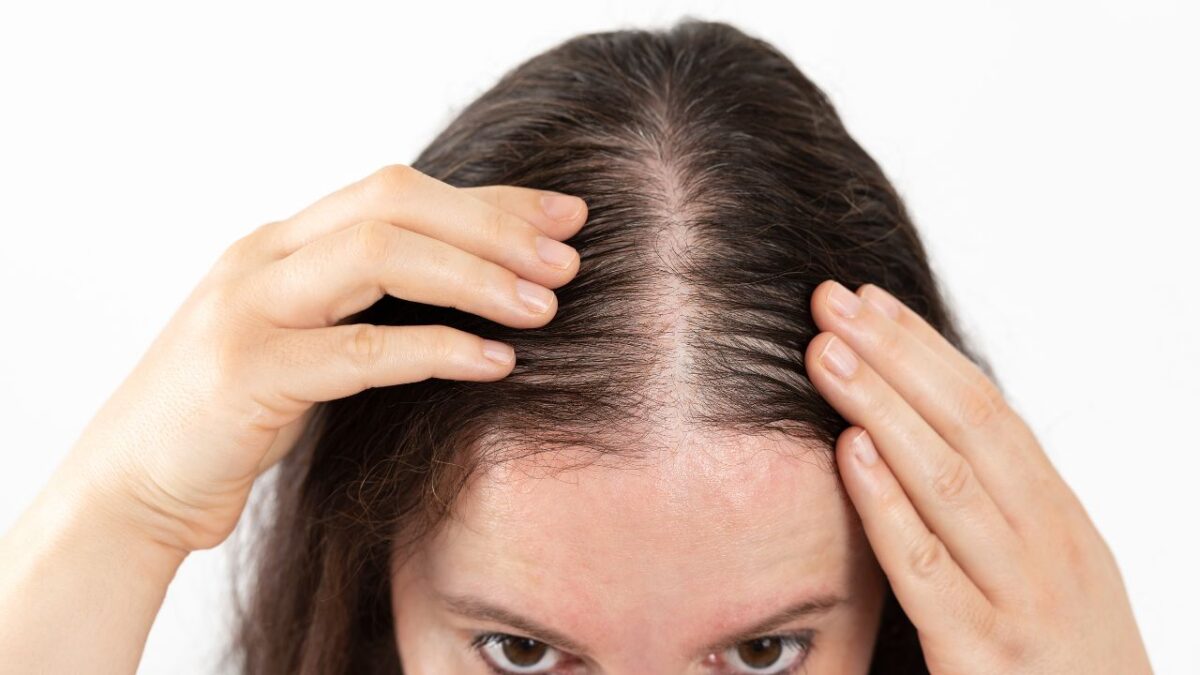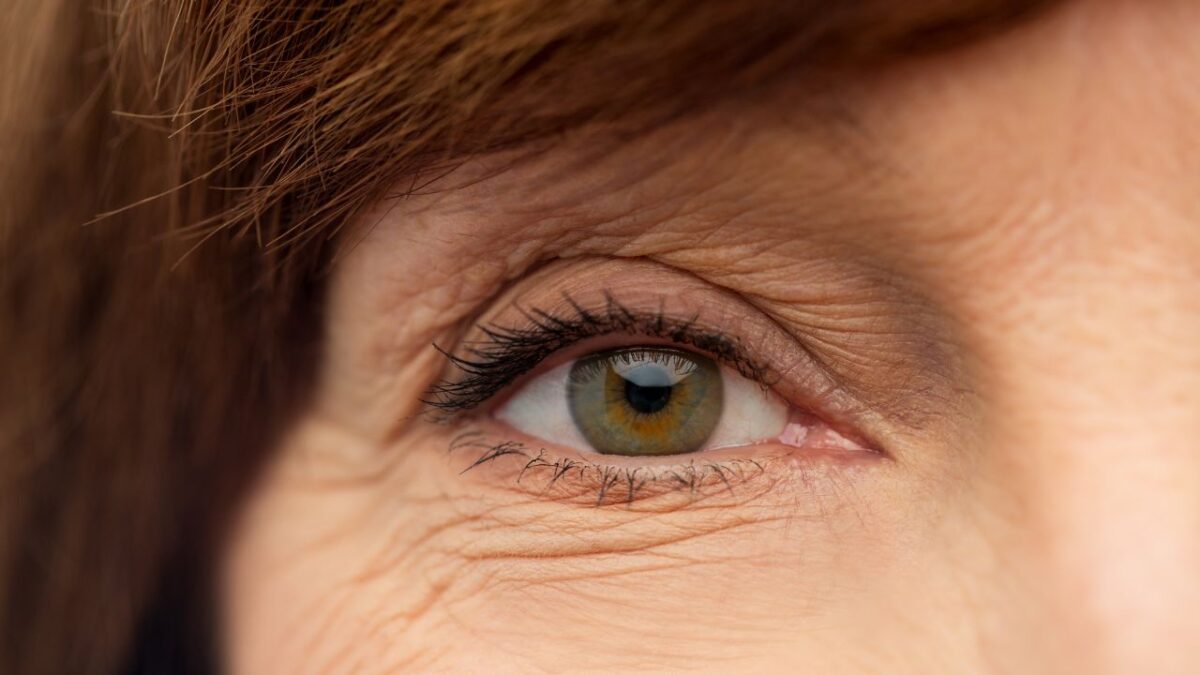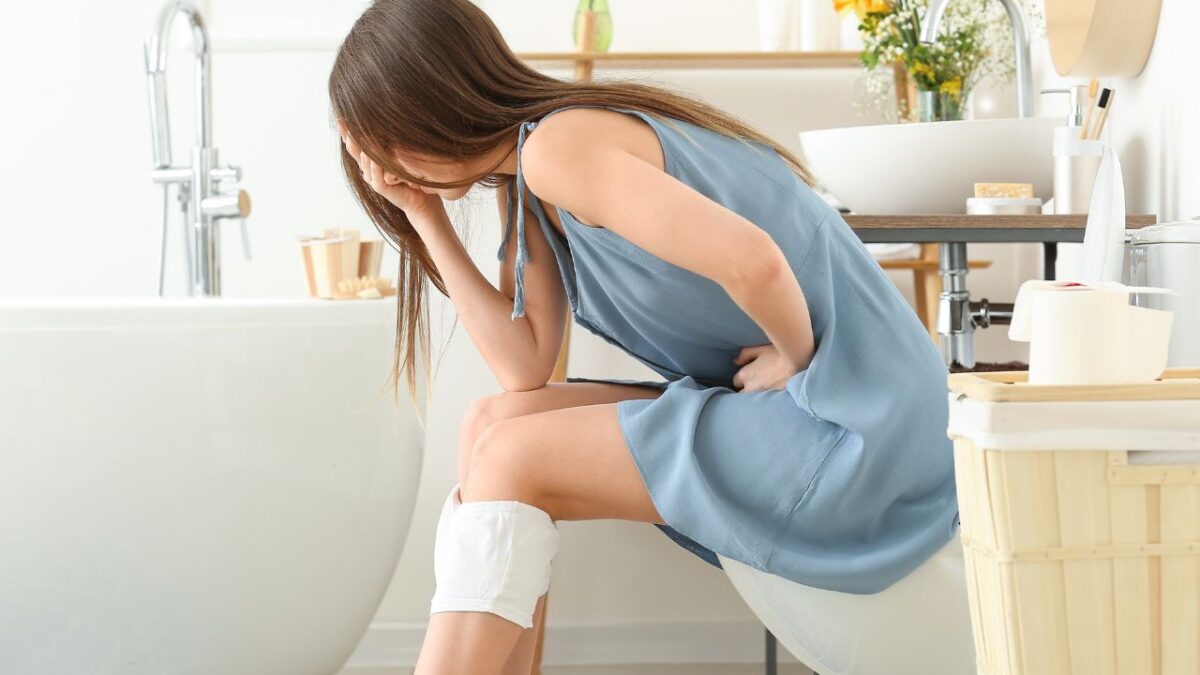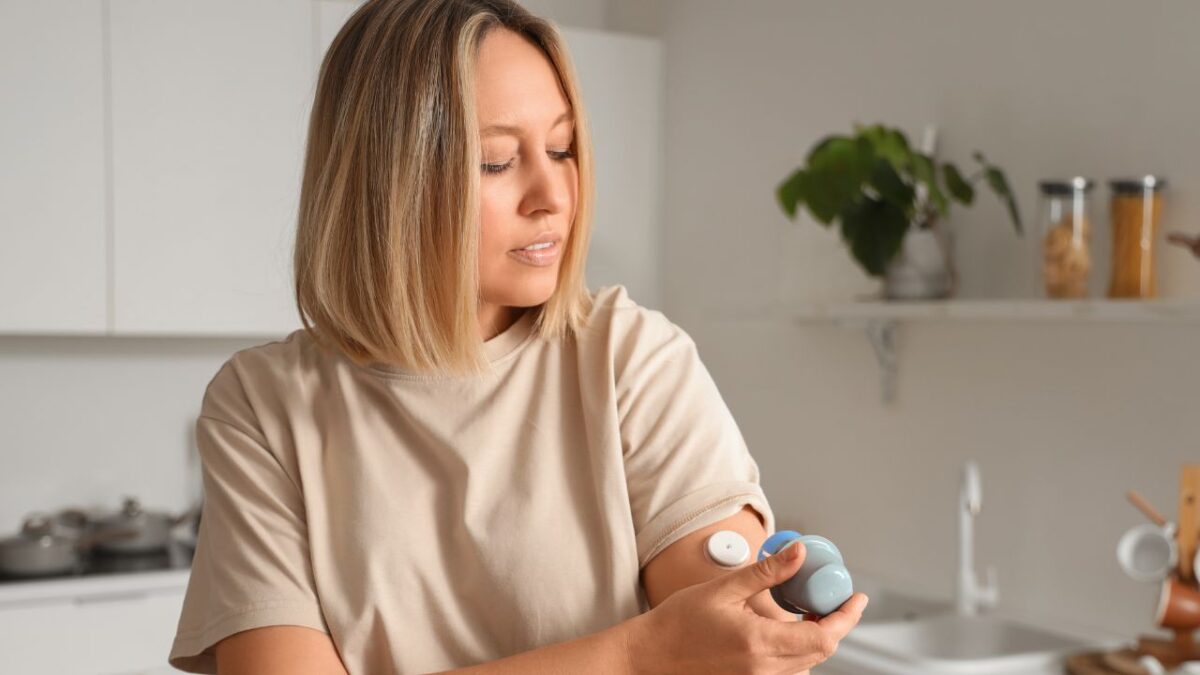Thinning Hair After 40? You’re Not Alone (and It’s Not Just Aging)
Why midlife hair loss happens—and what you can do about it naturally
“Is It Just Me?”
One day, you’re brushing your hair and notice the strands clinging to the bristles. The next, your once-voluminous ponytail feels more like a shoelace. Sound familiar?
If you’re a woman in your 40s or 50s, chances are you’ve silently asked yourself: “Why is my hair thinning—and no one seems to talk about it?” The truth is, you’re far from alone. And no, it’s not just about aging or using the wrong shampoo.
For many women, hair thinning is one of the first signs of perimenopause, the hormonal transition leading up to menopause. Yet it’s rarely discussed—and even less frequently addressed with the right solution.
Why Thinning Hair Happens in Perimenopause
As women enter their 40s, the body’s hormonal balance begins to shift—often dramatically. Estrogen and progesterone, the hormones responsible for hair growth, skin elasticity, and even your mood, start to decline.
Here’s what that means for your hair:
- Lower estrogen = slower hair growth
- Higher androgens = hair follicle shrinkage (especially at the crown or temples)
- Fluctuating progesterone = more hair shedding
According to the American Academy of Dermatology, it’s completely normal to lose 50–100 hairs per day, but during perimenopause, this number can double or triple¹.
And it’s not just about quantity. Hair also becomes:
- Thinner in diameter
- More brittle
- Slower to grow back
“But I Thought It Was Just Stress or My Shampoo…”
You’re not wrong—stress, diet, and hair products can contribute to hair issues. But they’re often secondary to what’s really happening inside your body.
Many women spend hundreds on shampoos, scalp scrubs, or collagen powders, only to see minimal change. Why? Because they’re treating the symptom, not the source: your shifting hormonal landscape.
The Emotional Toll No One Talks About
Hair isn’t just about beauty—it’s tied to identity, femininity, and confidence. For many women, losing hair feels like losing a part of themselves.
You may:
- Avoid certain hairstyles
- Skip social events
- Feel less like “you”
This emotional burden is often dismissed or minimized, but it’s real—and valid.
“When I started seeing more scalp than hair in the mirror, I felt invisible. Like my age was showing before I was ready.”
— Clara, 48, San Diego
You’re not being vain. You’re being human.
What Actually Works for Hair Thinning in Perimenopause?
Let’s be clear: there is no magic pill. But there is hope—and it begins with supporting your body, not fighting it.
Instead of harsh chemicals or temporary fixes, look for solutions that nourish your hair from the inside out:
✅ Hormone-supportive botanicals like adaptogens (ashwagandha, maca)
✅ Circulation-boosting ingredients like rosemary extract and peppermint oil
✅ Minerals like zinc, magnesium, and iron—which often drop during perimenopause
✅ DHT blockers from nature, like saw palmetto
A natural approach that works with your hormonal rhythm—not against it—can help revive dormant follicles, reduce shedding, and rebuild hair strength.
Real Talk: What If You’ve Tried Everything?
We hear this often:
“I’ve tried all the shampoos, the vitamins, even the hair fibers. Nothing works.”
That’s because what most people try are external fixes for an internal problem.
What works long-term is a holistic strategy—targeting hormones, stress, scalp health, and nutrient deficiencies together.
That’s why we created a natural solution specifically for women going through perimenopause and menopause. It’s not just a product—it’s a system designed to reset the root cause of your hair loss.
“I stopped hiding under hats. My crown started filling in again after just six weeks. This has changed how I feel every day.”
— Michelle, 52
5 Things You Can Start Doing Today
- Ditch the sulfates and silicones.
These coat the hair but can suffocate follicles and worsen shedding. - Check your iron and ferritin levels.
Low iron is a common cause of hair thinning, especially after heavy periods. - Massage your scalp nightly.
Stimulate blood flow with a few minutes of circular massage using natural oils. - Reduce sugar and processed foods.
These spike insulin and cortisol—both disrupt healthy hair cycles. - Consider natural hormone support.
Adaptogens, flaxseeds, and phytoestrogens can gently balance hormones without synthetic HRT.
You Are Not Broken. You Are Changing.
Hair loss in perimenopause is common—but that doesn’t make it less devastating. The good news? You don’t have to just “deal with it.” You can support your hair, your body, and your confidence with natural tools that actually work.
You’re not aging—you’re evolving.
References
- American Academy of Dermatology. (2023). Hair loss: Who gets and causes. Retrieved from https://www.aad.org/public/diseases/hair-loss/causes/women
- Mayo Clinic. (2022). Hair loss in women: Causes, symptoms, and treatment. https://www.mayoclinic.org
- Cleveland Clinic. (2021). Hormones and Hair Loss in Women. https://health.clevelandclinic.org
- Cho, Young Hye, Lee, Sang Yeoup, Jeong, Dong Wook, Choi, Eun Jung, Kim, Yun Jin, Lee, Jeong Gyu, Yi, Yu Hyeon, Cha, Hyeong Soo, Effect of Pumpkin Seed Oil on Hair Growth in Men with Androgenetic Alopecia: A Randomized, Double-Blind, Placebo-Controlled Trial, Evidence-Based Complementary and Alternative Medicine, 2014, 549721, 7 pages, 2014. https://doi.org/10.1155/2014/549721











